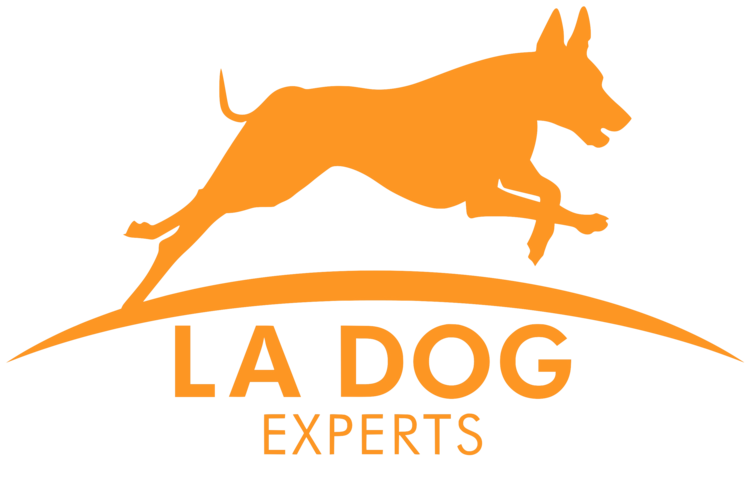BATHING YOUR PUPPY, START EARLY!
Bathing your puppy, start early! Before we start, you may be wondering whether you should wash your dog at all… especially since it is not really a natural or welcome thing for a dog! There are a number of reasons why you might want to bathe your dog. Keeping your dog clean is a very important aspect of the care you provide and something you will be committed to doing as a loving owner. Sadly not all our canine companions are comfortable with the cleaning process… I know, my eldest dog’s first instinct is to dash the opposite direction when he realizes it’s bath time! These days many dog owners find either they don’t have enough time to devote to doing the job well or it is too stressful an exercise, many people resort to the services of a dog grooming facility or mobile grooming. Bathing your dog personally can be a very special experience for you both, so if this is what you want to do it is important to be well prepared and stay calm. Remember that your dog can sense your emotional state and will respond much better if you are calm, loving, patient and have a sense of fun with what is a serious and important aspect of their care. Whereas if you are expecting resistance and are apprehensive, they will pick up on that too and will reflect it back in their behavior.
The following tips set out in five steps should help ensure that bathing your dog is a pleasant experience for both of you, keeping the hassle to a minimum, minimizing bath-time blues and helping to strengthen the bond between you and your dog.
Prepare everything you need in advance
Preparing everything in advance will make bath time easier for all involved. It is a nuisance to get started only to find out that you are missing something essential. It can be especially difficult when your dog finds bath-time stressful and you must either leave them alone while you go to retrieve what is missing (who knows what could happen in your absence!) or you miss out part of your routine… neither is an ideal solution.
Have all your equipment where you need it:
Brush and comb
Nail clippers
Cotton pads to clean and dry the outer part of the ears
Toothbrush and toothpaste (if you are in the habit of cleaning your dog’s teeth)
Shampoo (and conditioner if appropriate)
Lots of towels
If your dog has long hair you may want to use something to prevent the hair from going down the drain and clogging it.
Pre-bathing steps
Do some things before getting your dog in ‘position’, such as:
Brushing out their coat, particularly if they have long hair and may have tangles or matted areas. If this step is omitted, any wet, matted hair can set and be difficult to manage.
Check ears and paws for any foreign bodies
If you are in the habit of clipping their nails, now is a good time to do that.
Brush teeth, if that’s what you’d normally do
Associate treats with the process…You can make it more pleasant for your dog if you provide treats along the way. A treat doesn’t have to be food, it can be a belly or ear rub, though most dogs are motivated by something nice to eat…
Bathe using warm water
Using a shower attachment if you have one or a jug, and using lukewarm water, thoroughly wet your dog’s coat. If the water is too hot or too cold this will add to your dog’s discomfort.
Then shampoo, lather up, massage the coat and take care not to get product in your dog’s eyes or ears - just as with children, at the very least that can sting and cause your dog extra stress!
Rinse well, again with lukewarm water, until the water runs clear. Use conditioner too if you wish (especially if your dog has longer hair) and massage it in before thoroughly rinsing again with lukewarm water until all traces of the conditioner are gone. If necessary, cover your dog’s eyes with your hand as you rinse to avoid getting product in their eyes.
Dry your dog well
First of all, rub your dog down with your hands to get any excess water off of their coat, this will save you lots of towels. Next, grab a towel and start with towel drying their head and once the towel becomes slightly damp you can use it on the rest of their body. If you plan on using a dryer on your dog the face and feet are the areas your dog will like the dryer on the least, so make sure you towel dry those areas very well. If you decide to use the dryer make sure that you are using the cool setting.
It is important for all dogs that you pay attention to drying inside the ears, especially if your dog has long or floppy ears, so as to avoid the possibility of ear infections. It is best to use cotton cloth or pads for this (preferably not cotton wool balls or any other material that might leave remnants behind)
